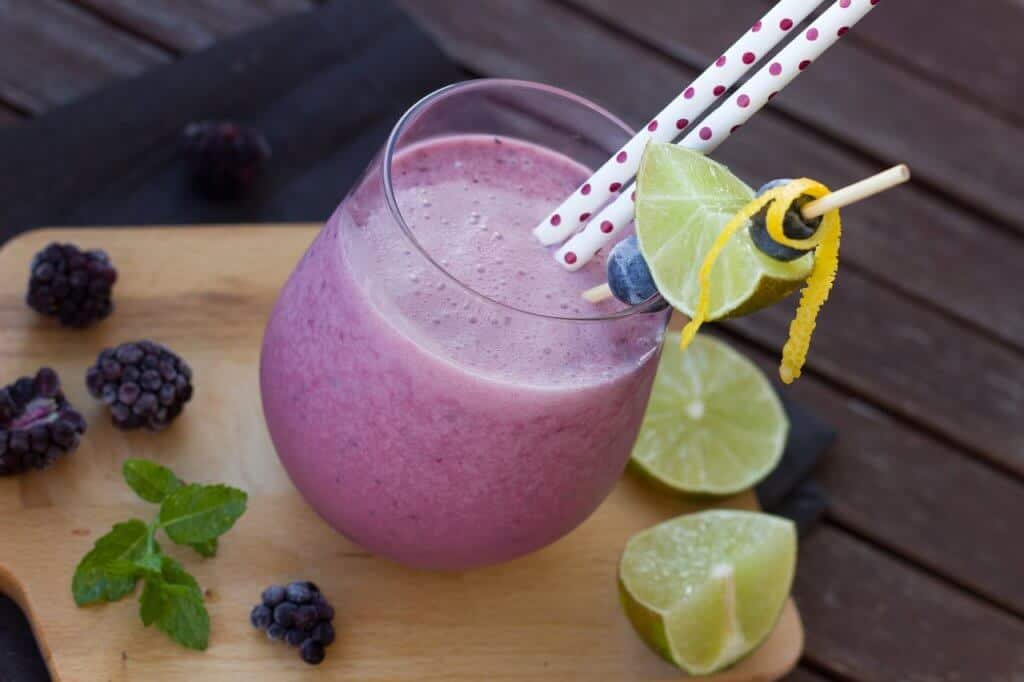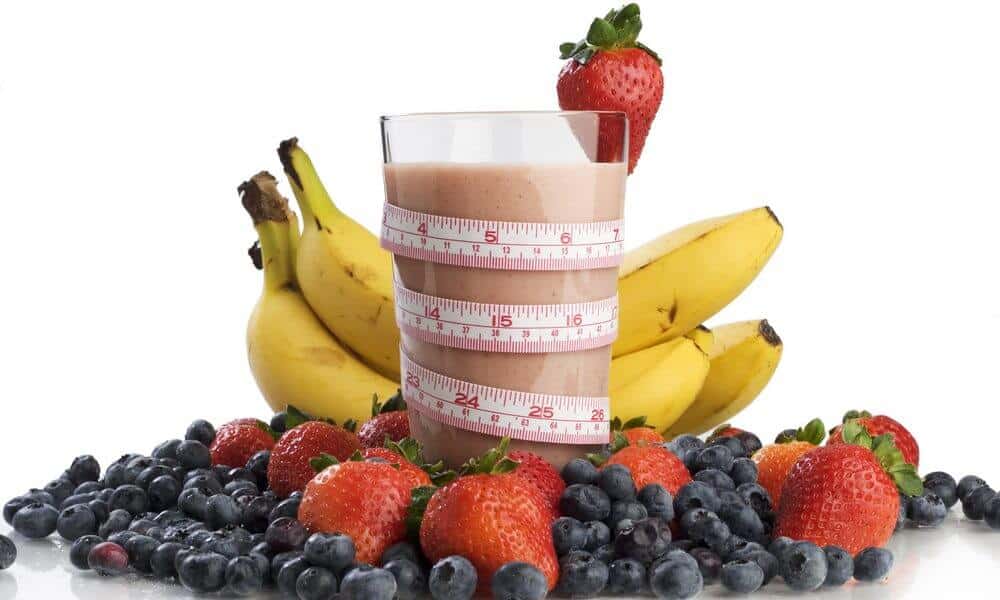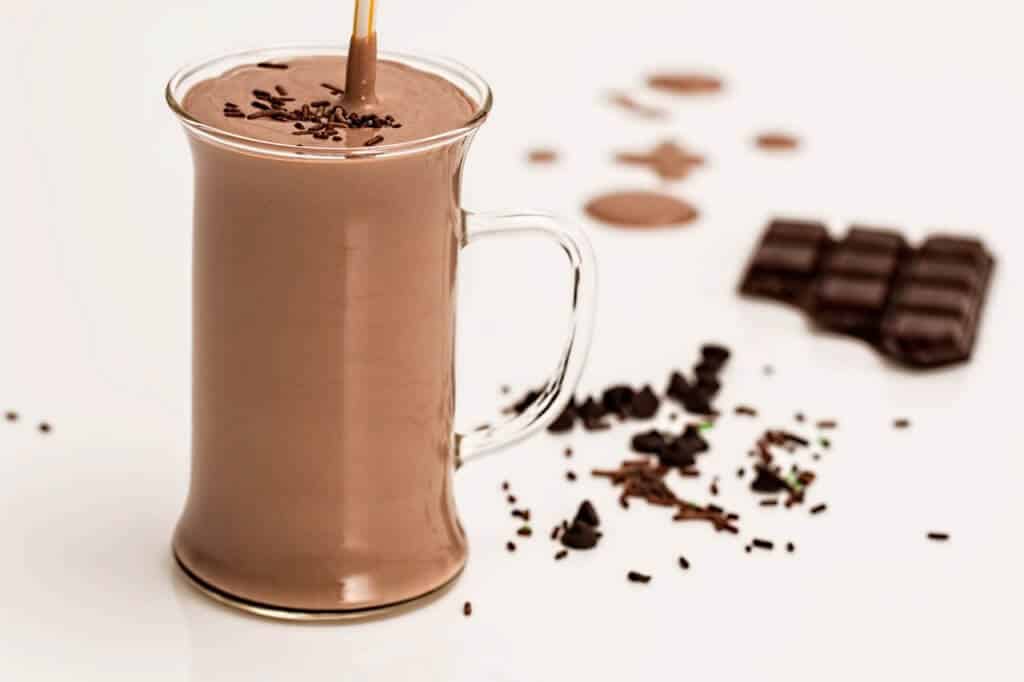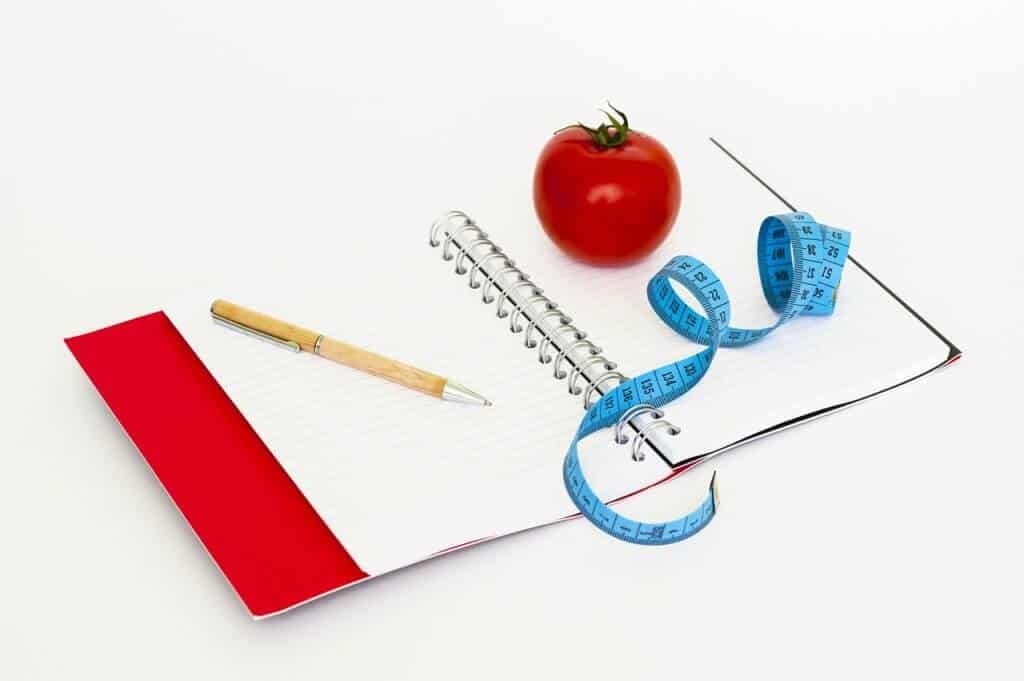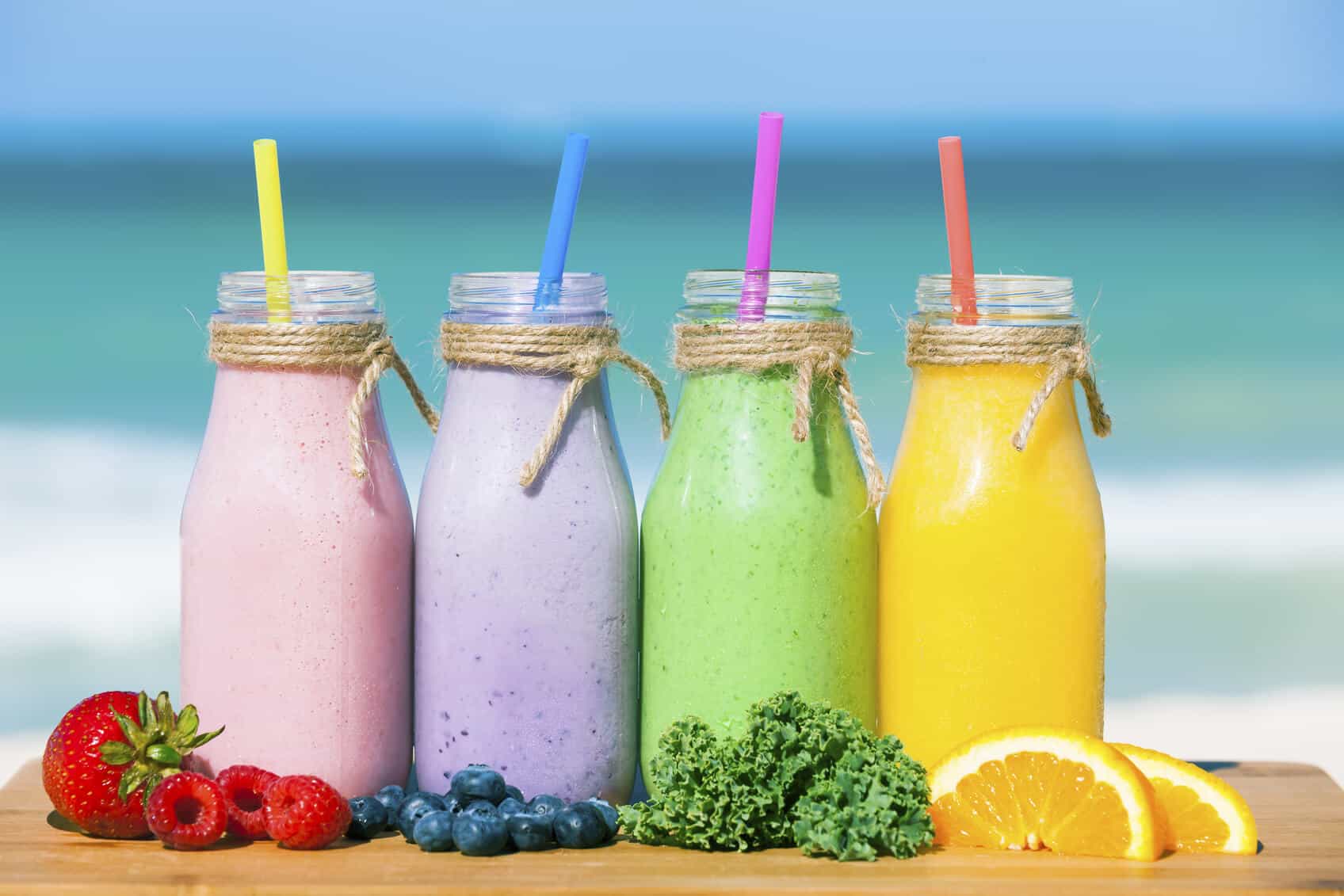Meal Replacement Shakes – Good For the Waist or Waste of Money?
You can’t step into a grocery store without seeing meal replacement shakes everywhere. Flavors span the rainbow from fruit punch to rainbow sherbet to iced coffee and more. There’s no doubt meal replacement shakes help with calorie control, satiety, and increased energy, but I bet you want to learn more about meal replacement shakes and how these protein-based shakes can help you lose weight.
What are Meal Replacement Shakes?
Meal replacement shakes (MRP) are supplements that provide all the nutrition, macronutrients (fat, carbohydrates, protein) needed to essentially “replace” a meal. Shakes come as powder and ready-to-drink (RTD).
Typically, men and women replace one or more meals to satisfy calorie intake for a given day. However, it’s essential to know what your recommended calorie intake is to make this work. Not all meal replacement shakes supply the same number of calories or grams of protein, carbohydrates, or fats.
Bottom Line: Meal replacement shakes are commonly used to control calorie intake while dieting.
Ingredients in Meal Replacement Shakes
All meal replacement shakes we’ve come across are formulated with a protein base. The protein may come in the form of commonly used whey protein, or less conventional sources like eggs. Within the whey protein category are a variety of different types of whey, including casein, isolate, and concentrate.
The protein base for meal replacement shakes can also come in plant-based varieties. Sources of plant-based protein include hemp, pea, and rice, among many others.
- Whey Protein Isolate
- Whey Protein Concentrate
- Whey Protein Casein
- Egg Protein
- Pea Protein
- Rice Protein
- Hemp Protein
Other ingredients commonly used in meal replacement shakes include:
- Sugar
- Medium-Chain Triglycerides
- Branched Chain Amino Acids
- Vitamins and Minerals
- Artificial Sweeteners
Bottom Line: The most common ingredient in meal replacement shakes is whey protein, followed by different versions of whey like casein and whey isolate.
When using a meal replacement shake to help you lose weight, make sure to check the label. Sugar is added to many meal replacements, which jacks up the carbohydrate count. Simple carbohydrates like sugar can cause increased hunger for more simple carbs.
To ensure you’re eating the right amount of calories and the foods you need for ultimate health, check out Noom – a simple-to-use app.
Details on Meal Replacement Shake Ingredients
If most companies use the same general ingredients, but does that mean the ingredients are worth trying? What does science say about these proteins, vitamins, and more?
Protein Supplement: Increasing protein intake by 15% to 30% reduces calorie intake, revealed a study published in the American Journal of Clinical Nutrition.
Another study published in the International Journal of Sports Nutrition, Exercise, and Metabolism claims intake of protein facilitates fat loss.
Finally, the Journal of Nutrition shared research that showed a decrease in protein intake leads to increased calorie intake. Ultimately, this increase in calorie intake would lead to weight gain in some individuals. Thus, increasing protein intake could have the opposite effect. The research says, “…younger and older men who consume inadequate protein experience appetite changes that may promote increased food intake.”
Bottom Line: Protein, in a variety of forms, is clinically-proven to help stretch the time between meals by reducing hunger.
Meal Replacement Shake Side Effects
Meal replacement shakes are typically harmless. They’re an easy way to ensure you receive all the necessary vitamins and minerals depending on what product you choose – I use Isopure low carb for these reasons.
According to Prevention, some common side effects from meal replacement shakes can be vitamin excess, as it is likely you get everything you need from healthy and balanced diets.
Water-soluble vitamins – B and C – unlikely to have issues if taken in excess as they are excreted in the urine.
Fat-soluble vitamins – D, E, A, K – can hang out in our bodies much longer, and excess can cause a variety of issues like irritability, nausea, vomiting, and diarrhea.
Bottom Line: Side effects from meal replacement shakes are rare, but they could occur. Read the label carefully and allow time for your body to adjust.
The best way to lose weight with a meal replacement shake is to ensure you’re getting the best possible nutrition at traditional meals. Track your food intake using the extensive food database with Noom to see just how nutritious those midday or evening meals really are.
Meal Replacement Shakes for Weight Loss
What do the ingredients in meal replacement shakes have to do with dieting and weight loss? As previously covered, protein can help reduce calorie intake by helping you feel fuller longer after a meal. However, independent of the protein supply, meal replacement shakes are clinically proven to help with weight loss.
2018, Journal of Obesity – when overweight and obese individuals used meal replacements, each shake having approximately 390 calories, showed “improvement in body composition and clinically significant metabolic parameters in both male and female participants.
2010, Nutrition Journal – When a food-based plan was compared to a diet plan that included meal replacement shakes resulted in more weight loss for the shake group.
2019, Obesity Review – “Programmes incorporating meal replacements led to greater weight loss at 1 year than comparator weight loss programmes and should be considered as a valid option for management of overweight and obesity in community and health care settings.”
Bottom Line: Meal replacement shakes have been proven to help users lose weight, in part, by reducing calorie intake.
How Many Meal Replacement Shakes Can You Drink Each Day?
The number of meal replacement shakes you drink is based on recommendations from your doctor and your own personal weight loss goals. WebMD suggests using meal replacement shakes for the meal you’re most likely to miss, such as breakfast.
Bottom Line: Drink meal replacement shakes according to your goals and doctor recommendations.
If you replace a traditional meal with a meal replacement shake, it won’t help you lose weight if you don’t adopt healthier lifestyle habits to go along with your new diet. Noom a simple app that works on your mobile device, offers simple food journaling.
Meal Replacement Shake Diet
Using two shakes daily to replace high-calorie meals is a reasonably standard meal replacement shake diet. Ideally, the shakes should be high protein, low carb, low fat, contain fiber, and essential fatty acids. But, this could change based on your personal fitness goals.
Bottom Line: Meal replacement shakes are useful for short-term weight-loss goals or weight maintenance. Replace two meals daily with shakes and enjoy a sensible dinner.
Other Meal Replacement Products
MRPs are but one of many meal replacement products available to you. Each has its pros and cons. Other similar products include:
- Bars
- Drinks
- Smoothies
- Juice
- Protein
“Alongside my pre and post workout shakes I usually keep a couple protein bars handy too just in case I get caught out and can’t get a meal in when I would like to,” fitness professional Justin St. Paul told Gymshark.com.
Bottom Line: Meal replacement shakes, bars, and RTD (ready to drink) products are well-known meal replacements. But, there are other meal replacement products to consider.
Meal Replacement Programs (MRP)
Popular weight loss programs incorporate meal replacement shakes into their short and long term diet plans. Some programs advise clients to use MRPs as a quick, convenient, low-calorie nutritional alternative to a full meal and weight loss strategy.
Weight loss programs offer scientifically based strategies for optimal nutrition, dieting, and exercise leading to weight loss.
Some of the top programs using meal replacement shakes include:
- Jenny Craig
- Weight Watchers
- Nutrisystem
- Medifast
- Optifast
- HMR Diet
Bottom Line: Even well-respected weight loss programs utilize meal replacement shakes within their diet strategy.
MRPs vs. Other Meal Replacement Products
Except for real food, MRPs are neither inferior nor superior to other meal replacement protein products.
Protein shakes and protein powders are very similar in that they often contain a minimal amount of micros and macros or none at all. Protein shakes, and protein powders are just protein that you add to other concoctions, such as homemade shakes and smoothies.
Many whey protein products contain lower carbs, vitamins, minerals, and essential fatty acids. But, there are exceptions.
MRPs are preferable to other engineered protein shakes if you specifically want a healthy source of protein that can replace all the nutrients of an actual meal.
According to CNN, MRPs “can sometimes be a great way to jump-start weight loss because they are portion-controlled, high in protein and low in sugar,” states Rachel Lustgarten, a registered dietitian at New York City’s Weill Cornell Medical College.
Although MRPs are viable alternatives to real food, they still do not compare to real food. Real whole foods contain vast arrays of nutrients, nutritional compounds, and antioxidants in very unique ratios that are crucial to proper absorption.
Bottom Line: Some MRPs are different from protein shakes, meal replacement powders, and whey. MRPs constitute a complete meal, whereas some protein shakes, powders, and whey serve a specific purpose.
Why not make the most out of your experience with meal replacement shakes? The clinically-proven weight-loss app called Noom is ideal for tracking food intake, so you know how many calories you’re getting and how many you’ve replaced.
What Users Are Saying
“If you’re looking to focus on your nutrition and want to curb the constant snacking, the Advocare Meal Replacements are your new best friend! They don’t have a chalky taste and have 5+ flavors. They have 24g of protein and over 25 vitamins and nutrients that you need.”
“These meal replacement shakes were not my favorite. I had a hard time drinking them unless I blended them with ice and almond milk. They also tasted ok with frozen strawberries blended in. For the price, I would not purchase these again.”
“Tastes great, and as a substitute for a couple of meals a day, a real aid for taking off a few pounds. I have one for breakfast and take one to work along with a couple of snacks like fruit and celery sticks. It actually does hold me ’till dinner. I use Slim Fast usually five days a week while working for convenience and eat moderately on the week end. That way I never get tired of it, but I can feel that I’ve lost some of the bloat from staying at home recently. Highly recommended as a tasty and healthy meal replacement!”
The Bottom Line on Meal Replacement Shakes
Meal replacement shakes are some of the easiest meal replacements to consider for weight loss. Whether you’ve decided to go with a company you’d known for years or ventured out to a new brand; meal replacement shakes need a few critical elements to be worth a try – high-quality, lean protein, healthy fats, little to no sugar.
How does your meal replacement shake measure up?

Summer Banks has researched over 5000 weight-loss programs, pills, shakes and diet plans. Previously, she managed 15 supplement brands, worked with professionals in the weight loss industry and completed coursework in nutrition at Stanford University.

